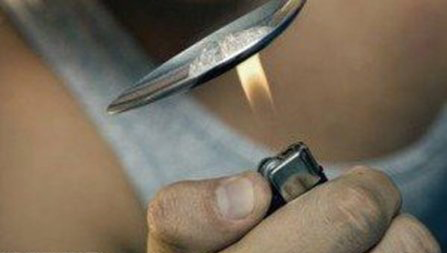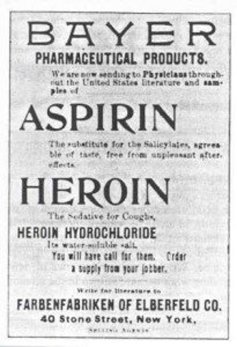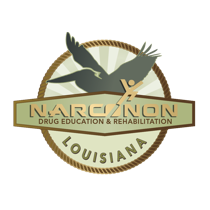Heroin Addiction and Abuse

The increased availability of heroin has become a serious problem, destroying the lives of countless families and individuals. Once a person begins to take heroin their life quickly goes into a downward spiral and before long they are often stealing from their friends and loved ones to support their habit. They become so dependent on the substance that they will do anything to have it, putting themselves and those around them in harm’s way.
The use of heroin is often accompanied by serious consequences. Overdose, contraction of a disease, legal problems, and death are just a few of the serious problems that result from heroin abuse and addiction. Deaths from heroin use can occur at any time because the purity of the drug varies greatly and there is no way to determine how much will cause an overdose. This fact alone makes heroin one of the deadliest drugs found anywhere in the world. This is what makes finding a rehab for heroin addiction so vital if you know someone using the drug.
In addition, shared needles can lead to both sickness and death, with the possibility of long-term health effects from diseases such as HIV and Hepatitis C. These health effects can occur during the first use of the drug.
History of heroin
Heroin currently has no known medical uses and for this reason, the Drug Enforcement Administration has classified the drug as a Schedule I substance. This classification is reserved for drugs which have the highest potential for abuse and addiction. However, this has not always been the case. heroin was perhaps the drug that began the rise of the pharmaceutical industry.

From 1898 through to 1910, diacetylmorphine—the chemical name for the drug—was marketed under the trademark name “Heroin” as a non-addictive morphine substitute and cough suppressant. Bayer marketed the drug as a cure for morphine addiction before it was discovered that it rapidly metabolizes into morphine. As such, diacetylmorphine is in essence a quicker-acting form of morphine. The Harrison Narcotics Tax Act was passed in 1914 to control the sale and distribution of diacetylmorphine and other opioids. It allowed the drug to be prescribed and sold for medical purposes. Finally, in 1924, the United States Congress banned its sale, importation, or manufacture.
Signs of Heroin Abuse
Spotting the signs of heroin addiction may help save a loved one’s life. Drug users typically hide their use from those closest to them, but there are usually still signs that drugs are being used. While all drugs cause changes in behavior, specific signs of heroin use include.
- Wearing long sleeves even in the summer
- Missing valuable items in the home
- Broken cigarettes with filters removed
- Bent or blackened spoons and candles
- Falling asleep while sitting, commonly called nodding
- Scars or red marks on arms, legs, hands, or feet
These signs are accompanied by a range of behavioral changes. The person can seem tired and distant or extremely talkative. Heroin affects users in different ways and behavior changes as the addiction progresses. Spotting these signs early can often help avoid the more serious consequences of heroin use and open the door to heroin drug treatment.
